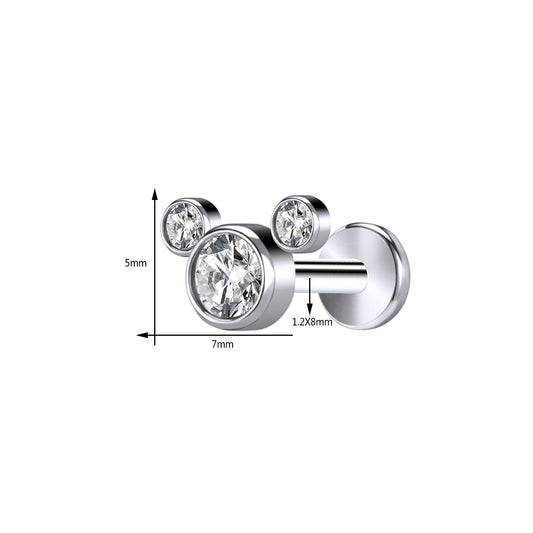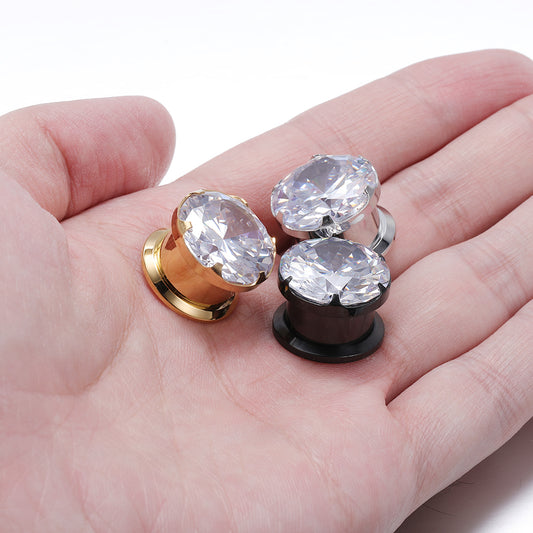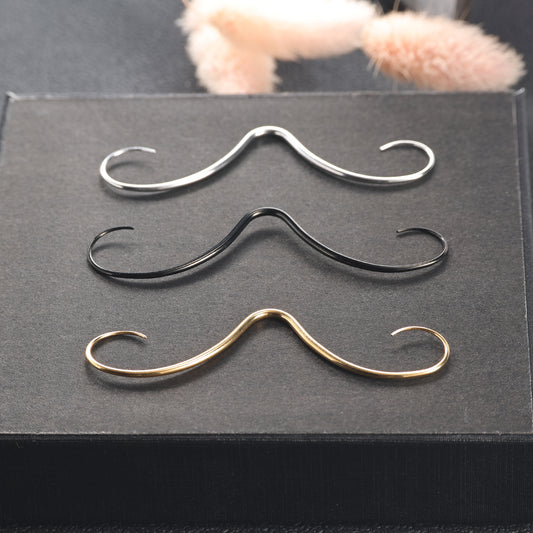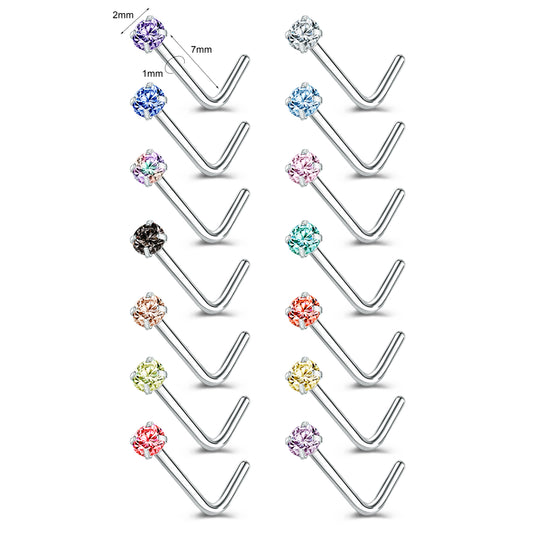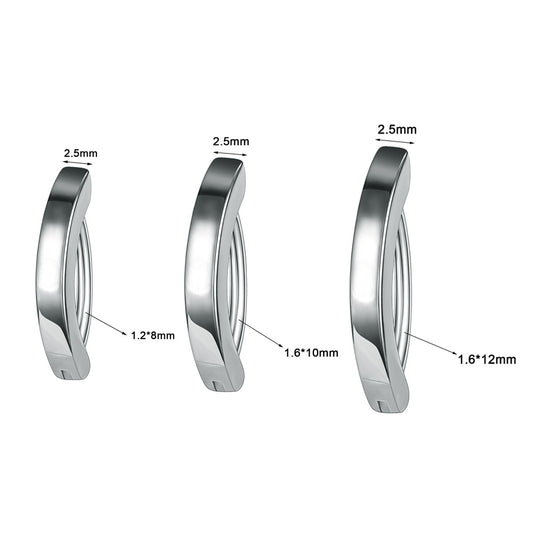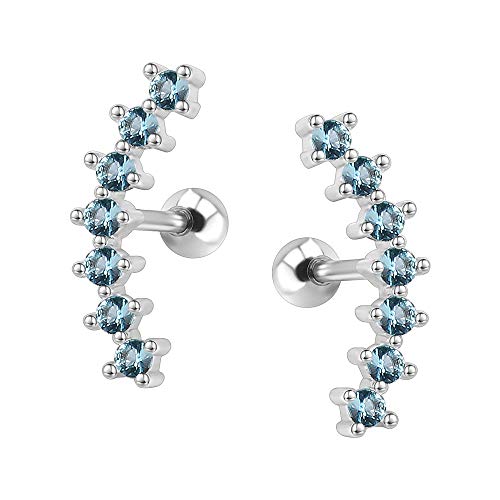
First Nose Piercing: What You Should Know for a Safe and Smooth Experience
Share
1. Choose a Professional Piercer and a Reliable Studio
First things first, picking the right piercer is crucial. You want to make sure they are experienced and certified, and that the piercing studio maintains high hygiene standards. Check reviews and ratings to make sure they’ve earned a good reputation. The studio should be clean and use sterilized, single-use tools to ensure safety and reduce the risk of infection.
2. Pick the Right Piercing Location
When it comes to nose piercings, there are several options, and the location you choose will depend on your personal taste and facial features:
- Nostril Piercing: This is the most common type, and it works well for most people. It’s placed on the side of your nostril, creating a subtle yet stylish look.
- Septum Piercing: This piercing goes through the cartilage that divides your nostrils. It’s a bit more unique and bold, perfect for those looking for a statement piece.
- Bridge Piercing: If you want something more noticeable, you might consider a bridge piercing, which is placed on the top of your nose, between the eyes. This one is more eye-catching and bold.
It’s a good idea to chat with your piercer about which location would work best for your face and your style!
3. Prep Before the Piercing
Proper preparation before your piercing is key to making sure everything goes smoothly:
- Avoid Alcohol and Certain Medications: 24 hours before your piercing, try to avoid drinking alcohol or taking medications like aspirin that may thin your blood, as they can increase the risk of bleeding.
- Be Healthy: Make sure you’re feeling good on the day of your piercing. If you’re sick or run down, it’s better to wait until you’re in better health.
- Clean Your Nose: Make sure your nose is clean before your appointment. Avoid makeup, oils, and dirt, so the area is ready for the procedure.
4. Choose the Right Piercing Jewelry
The jewelry you choose is important for both healing and comfort:
- Material: For your first piercing, go for jewelry made from hypoallergenic materials like surgical steel, titanium, or bioplast. These materials are less likely to cause irritation or allergic reactions. Avoid jewelry containing nickel, as it can lead to allergies.
- Size and Style: For your first piercing, keep it simple. Small, subtle studs or rings are usually best. Large or intricate jewelry can cause unnecessary pressure or discomfort.
- Avoid Nickel: Always double-check the material to ensure it doesn’t contain nickel, which is a common allergen.
5. Aftercare: How to Take Care of Your Piercing
Taking care of your new piercing is essential for preventing infection and promoting healing:
- Clean It: Use a saline solution or a specialized antiseptic spray to clean the area daily. Avoid using harsh alcohol-based products, as they can irritate the skin.
- Don’t Touch: Try not to touch your piercing with dirty hands. If you do need to touch it, wash your hands thoroughly beforehand.
- Avoid Makeup: While your piercing is healing, don’t apply makeup, such as foundation or eyeshadow, to the pierced area.
- Keep It Dry: Make sure the piercing stays dry and clean, as moisture can promote bacterial growth.
6. Watch for Healing Progress
During the healing process, it’s normal to experience some minor swelling, redness, or discharge, but keep an eye on it to make sure things are healing properly. If you notice any of the following, it could indicate an issue:
- Normal Signs: Some mild redness, swelling, or tenderness are totally normal and part of the healing process.
- Abnormal Signs: If you notice excessive swelling, pus, intense pain, or fever, these could be signs of an infection, and you should consult a healthcare professional as soon as possible.
7. How Long Does It Take to Heal?
The healing time for a nose piercing can vary depending on your body and how well you care for the piercing:
- Nostril Piercing: Generally, it takes about 6 to 8 weeks to heal, though it can take longer for some people.
- Septum Piercing: This type of piercing often takes longer to heal due to the cartilage, typically 3 to 6 months.
- Don’t rush to change your jewelry until the piercing has fully healed. Give it time!
8. Avoid Excessive Pressure
After getting your piercing, be careful not to apply too much pressure to the area:
- Sleeping: Try not to sleep on the side of the piercing, especially in the first few weeks. You can use a special piercing pillow or sleep on your back to avoid putting pressure on it.
- Exercise: Avoid intense physical activities, especially those that may cause you to sweat heavily or accidentally bump your nose.
9. Be Aware of Allergic Reactions
If you notice signs of an allergic reaction like itching, redness, or irritation, it could be due to the jewelry material. In that case, try switching to a hypoallergenic option, or consult with your piercer about the best course of action.















